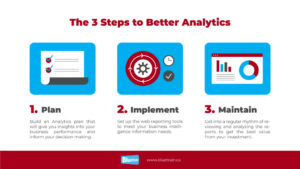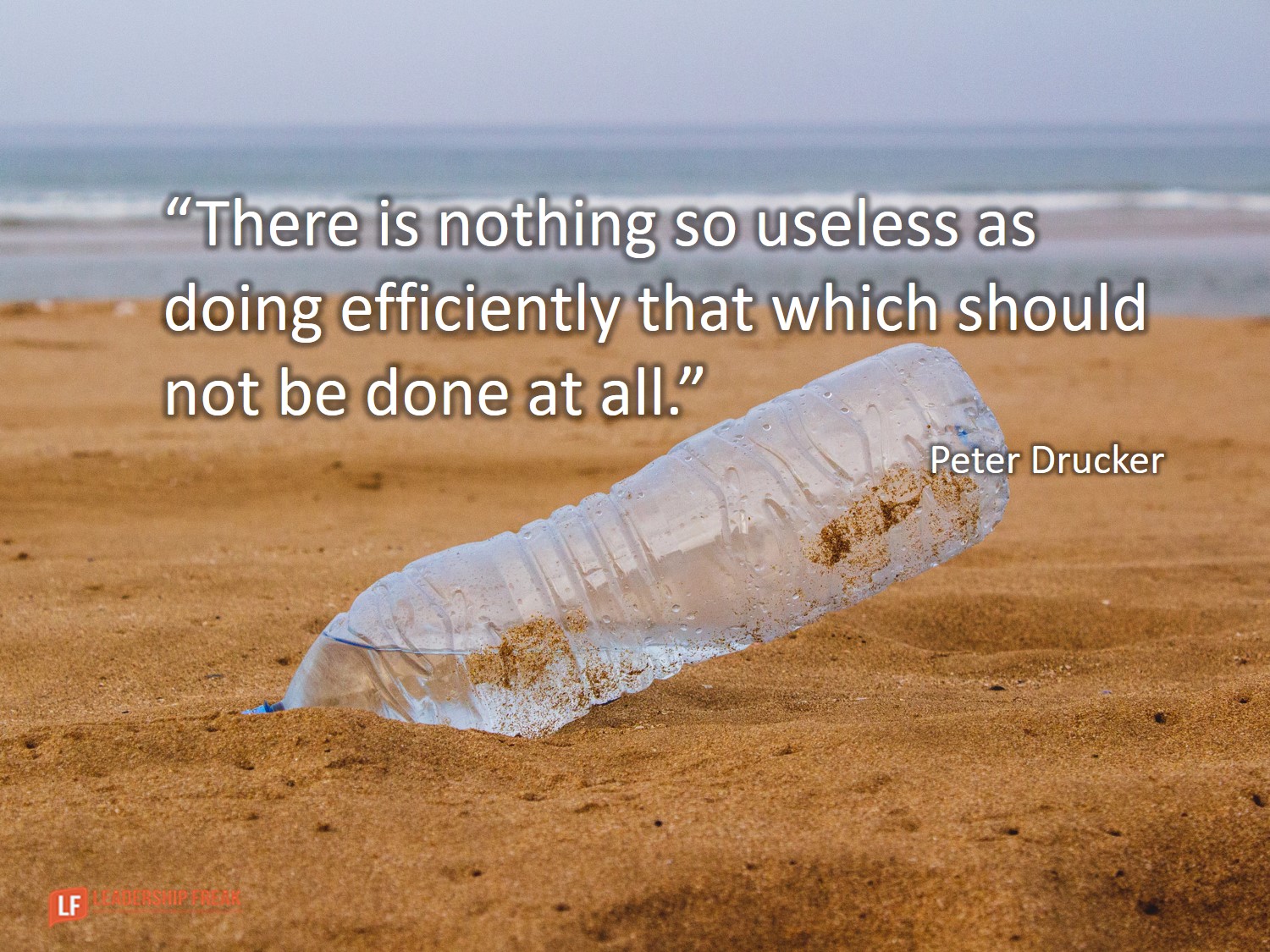The rapid spread of COVID-19 earlier this year has prompted organizations to scale back on their marketing campaigns. With the global economic shutdown and the government mandate to work remotely, the whole world has been put on hold.
As such, organizations have no choice but to push back on their major product launches or to proceed with the events virtually. With social distancing still being strictly implemented to help prevent the spread of the COVID-19 virus, social media has now become an even more important tool for connection.
Twitter, in particular, has become an essential tool for news and updates. As brands gear up for Q4 recovery, listening and understanding conversations on Twitter will provide valuable insights for marketing communications with consumers in a post-COVID-19 world.
Twitter Brand Communications During COVID-19
Changes to consumer behavior due to the way COVID-19 has upended individuals’ lives have also been reflected in how consumers use social media during this time. As such, organizations need to develop the right strategy that will capture their consumers’ priorities and interests as the economy tries to recover from the global pandemic.
Updates of times to post
Twitter usage patterns suggest that it has remained more consistent pre and post-COVID-19 response. This is probably due to the fact that Twitter is used as a platform to check the news and spread useful public information for mandated lockdown and quarantine measures.
According to Sprout Social, the current best time to post on Twitter is Friday, 7-9 AM, with 9 AM showing the peak of activity.
Change in brand behavior during COVID-19
Across all platforms, the number of posts per day remained about the same on average. Sprout Social noted that brand behavior only dropped by 0.2 posts per day on the average if you compare Q1 and April 2020.
· Outgoing Twitter posts decreased by 2.3 posts per day.
· Twitter @ messages decreased by 16 per day.
· Retweets decreased by 20.8 per day.
It should be noted that the changes in outgoing Twitter posts can be attributed to the brand’s re-evaluation of their content strategies. Brands need to figure out how to communicate with their audience in times of crisis properly and how they can proactively serve the community as recovery measures loom over the horizon.
Data from Sprout Social represents how changing consumer behavior on social media is aligned with their changing daily routines. As consumers shift their focus to working remotely and distance learning, changes in their primary device usage and restrictions to outdoor activities have also significantly changed how audiences interact on social media.
Looking into the Future: Twitter Data Implications to Jumpstart Recovery
Whether or not brands should still outwardly promote their products under COVID-19’s dark shadow remains a complicated question answer. The short answer would be – IT DEPENDS.
It depends on your product’s relevance, messaging, and how attuned your brand is to the world right now. However, a good reminder would essentially be to post less about what brands want to say right now and be more empathetic about what their consumers want to hear and respond to if they can.
Twitter released data regarding consumer sentiments on brands and what they expect them to do during the ongoing pandemic.
Less on overt promotions
Twitter’s survey showed that while brands are looking for less overt promotions, more efforts that help build the brand and assist in economic recovery are possible. In other words, what brands say and do to help matters.
“People on Twitter are most interested in seeing brands take on supportive (45%), informative (44%), and positive (35%) tones on social media.”
But that doesn’t mean that marketers can’t sell during this time. “Only 37% of people on Twitter in the US believe it’s insensitive for brands to continue advertising as normal.”
There seems to be a general understanding on the platform that brands can continue their operations and maximize marketing opportunities when it’s possible. However, assisting local communities still remains a priority, including supporting employees and launching campaigns that help with the current local situation.
Video content is getting a significant boost
With the increased media consumption of the homebody economy, there is an opportunity for brands to market their products.
People on Twitter say seeing ads gives them a sense of normalcy. Consumers want to see a sense of normalcy amidst the crisis, and they are all tuning in to Twitter to find that.
Brands can try using Shakr Local to create locally relevant video campaigns on Twitter for your brand. Shakr will help create a unique and customized creative video to help your brand engage with your Twitter audience.
Best Practices for Tweeting
Twitter has been a platform that had played a significant role in crisis communications for brands. Amid a global pandemic, they have been proven to be a powerful tool that helped brands communicate with customers, employees, and local communities. Twitter outlined several best practices that brands can emulate in their marketing communications.
TIP 1: Customize your response.
While it’s inspiring to see how other brands are doing right now, this is not the right time to simply duplicate their approach to brand messaging and communications. Dig deep into your brand’s core values and figure out the role that your company plays in the lives of consumers. Show them how you have changed and adapted. Highlight how your brand can be useful to them as they move forward into recovery.
TIP 2: Align video content with possible customer needs.
The pandemic has changed the way consumers lived their lives. As such, brands need to consider their consumer’s changing needs and interests during this time. Create video content that will benefit them by showing messages will encourage positivity, levity, and community.
TIP 3: Keep up to date with the latest news.
Stay on top of the recent global development and ensure that the brand understands the context you want to convey to your customers on your Tweets. Review your content plans daily because what seems like a great Tweet a week ago may be deemed insensitive and out of touch today.
TIP 4: Find opportunities to lead by example.
As the world is filled with so much uncertainties, organizations look at one another for guidance. Every brand has a unique opportunity during this time to set a new standard and inspire each other with their crisis response.
TIP 5: Share credible “brand wisdom.”
If you found something credible and important to share, brands should not hesitate to Retweet. As the world tries to poise itself up for recovery, brands that get involved in relevant conversations about topics that align with their values will gain more credibility with their audience.
TIP 6: Add empathy to the brand’s tone of voice.
Brands also need to adapt their tone depending on the context of today’s climate. Now is not the right time to be snarky, sarcastic, and outright rude. Practice empathy, understanding, and honesty in your campaign messaging.
TIP 7: Anticipate changes in consumer behavior.
As people get comfortable with the homebody economy, brands need to anticipate how these behavioral changes will affect how people interact with your organization. Make sure that the brand is prepared to cater to at-home consumers.
TIP 8: Be genuine.
At this point, consumers can tell if brands are doing relief campaigns to disguise profit-making. Make sure that the organization is authentic and sincere. Communicate well by building trust through transparency with your Twitter audience.
COVID-19 Recovery Marketing Trends to Watch Out For
2020 is indeed an extraordinary time for brands and organizations. While this year’s black swan crisis may prompt businesses to take unusual approaches to remain afloat, navigating the road to recovery for the New Normal may take some time to get used to.
By looking at conversations on Twitter and listening to feedback from your audience, organizations can learn from how this historic year has affected their brand. Companies have started to gain more confidence by adjusting their work processes and marketing campaigns to keep up with the changing societal needs.
Here are several marketing trends that are on the rise for the New Normal:
TREND 1: Raw and unfiltered content is needed from brands.
COVID-19’s impact has increased the need for brands to create relatable content with their audience. User-generated content that forms meaningful connections with their audience is very relevant right now. Companies can start partnering with influencers to create video content on Twitter and other platforms to increase the brand’s campaign visibility online.
TREND 2: Social advocacy is becoming a movement.
Rather than making it a trend, a social cause can also be deemed as a movement. Brands need to take a stand on relevant issues with the community. Consumers today demand change and accountability from companies.
TREND 3: Social media shops are today’s digital storefronts.
Unless your company is living in a bubble for the past few months, e-commerce and digital integrations of online shops are getting a significant boost. If organizations want to recover their losses, then they must go digital as soon as they can.
TREND 4: Digital events are not going away anytime soon.
Major tech companies like Apple and Sony have successfully moved their product launches online. However, this trend might stick in the coming years as brands and media outlets see huge returns. The captive audience and cost-effectiveness of digital events are surprisingly very effective.
TREND 5: Video content to connect with consumers.
Forward-thinking organizations know that video content is one of the most effective ways to help brands connect with their audience. With the absence of in-person events and large-scale product launches this year, live and on-demand video is one of the most relevant forms of engagement.
Best Brand Responses During COVID-19
Clorox: Brands Using Twitter to Inform
Learn more about COVID-19 #Coronavirus and how to help prevent the spread : https://t.co/l2wmxfyaa8 pic.twitter.com/BPy7TRlBib
— Clorox (@Clorox) March 10, 2020
As the leading brand for cleaning and disinfecting, Clorox stepped up and shared tips on stopping the spread of COVID-19. They also announced that they had increased the production of their disinfecting products to help meet consumer demands this year.
Mint Mobile: Brands Using Twitter to Entertain
Good news! @Mintmobile is extending free unlimited data until May 14th.
In slightly mixed news, a few Mint customers decided to leave me a voicemail after I left them one. pic.twitter.com/fwix1K5pqK
— Ryan Reynolds (@VancityReynolds) April 2, 2020
Ryan Reynolds, the co-owner of telecommunications company Mint Mobile, left a voicemail to one of their subscribers, and some of them decided to call him back. The video clips showed entertaining voicemails of subscribers who were currently at-home and under community lockdown at the time. The hilarious clip also highlighted Mint Mobile’s extension of their free unlimited data.
Nike: Brands Using Twitter to Promote a Cause
Nothing can stop what we can do together. You can’t stop sport. Because #YouCantStopUs.
Join Us | https://t.co/fQUWzDVH3q pic.twitter.com/YAig7FIL6G
— Nike (@Nike) July 30, 2020
Amidst this year’s unprecedented times of COVID-19 infections, Nike released an inspirational social campaign called #YouCantStopUs. Featuring remarkable clips from famous athletes such as Serena and Venus Williams, Rafael Nadal, and Naomi Osaka, the sports brand posted a motivating video that propagates a message of unification and togetherness to the world.
Tesco: Brands Using Twitter to Help Frontliners
From this Sunday, and every following Sunday, all Tesco stores (except Express stores) will prioritise a browsing hour before checkouts open for NHS workers.Because now, more than ever, #EveryLittleHelps.For your local store opening hours see https://t.co/1YE0Jb1Las pic.twitter.com/tjokytZHOh
— Tesco (@Tesco) March 20, 2020
Tesco, a British multinational groceries and general merchandise retailer, announced on Twitter that they would be prioritizing the store checkouts of medical first responders in the United Kingdom. This move is part of the #EveryLittleHelps campaign on Twitter. Since March, the campaign has been actively providing public service announcements and inspirational videos for their online community.
Shakr is here to help your brand recover with video marketing campaigns on Twitter.
Get ready to set your brand up for recovery by optimizing your video marketing strategy and reach your audience on Twitter. Create memorable campaigns that will engage your consumers by sharing video content that they want to see.
Shakr can help you create video content that your consumers will surely love! We’re here to assist you to zero in on your target audience’s preferences with Shakr Local. Shakr Local will help brands connect with people in a whole new meaningful way with our top-notch hyper-local campaign creative at scale.
Learn more about Shakr Local and schedule a discovery call with us now!
Reference:
Crisis communication for brands. (2020). Retrieved 8 October 2020, from https://business.twitter.com/en/resources/crisis-communication-for-brands.html
Hutchinson, A., & Hutchinson, A. (2020). Twitter Publishes New Data on Video and Ad Content Performance During COVID-19. Retrieved 8 October 2020, from https://www.socialmediatoday.com/news/twitter-publishes-new-data-on-video-and-ad-content-performance-during-covid/576588/
Login, S., Login, B., Login, S., Scheduling, P., Management, S., & Care, C. et al. (2020). How COVID-19 has changed social media engagement. Retrieved 8 October 2020, from https://sproutsocial.com/insights/covid19-social-media-changes/
Should brands communicate during a crisis?. (2020). Retrieved 8 October 2020, from https://marketing.twitter.com/en/insights/twitter-ad-performance-research-covid19?utm_source=twitter&utm_medium=organic
The post Twitter Marketing in a Post-COVID-19 World appeared first on Shakr Video Marketing Blog.
Read more: blog.shakr.com








